Turpentine, also known as turps, is a solvent that comes from the sap of different pine trees. It’s most commonly extracted from trees such as slash and longleaf pine, but can also come from Maritime Pines, Aleppo Pines or the Ponderosa Pines. These saps are then distilled and turned into resin.
Turpentine, a yellow liquid with a strong odor, is commonly used as a paint and varnish solvent. It can also be found in medicine, fuel and chemicals.
[box type=”warning”] When using turpentine, always wear a safety mask and work in a well-ventilated area.[/box]
Turpentine Uses
1.) Paint, varnish and wood filler thinner
2.) Ozonizer for drying oils
3.) Solvent for paint wax polishes
4.) Ingredient for waterproof cement and some inks for printing
5.) Solvent for compositions of some waterproof paint (Learn about waterproof paints for wood)
6.) Cleaning oils and paints from fabrics
7.) Pharmaceutical purposes
8.) Raw material for the production of different items such as medicine, explosives, synthetic rubber, and others
9.) Lubricant when drilling and grinding glass
10.) Moth repellant and ingredient in insecticides
11.) Cleaning wood stains (Learn how to Remove Water Stains from Wood)
12.) Cleaning firearms
13.) Pine oil substitute
14.) Solvent for rubber and other similar substances
15.) Prevention of bleeding in print and cotton goods
16.) Laboratory reagent
17.) Oxygen carrier in petroleum illuminating oils
18.) Treatment for sore throat
19.) Treatment for yellow-jacket, bee, and wasp stings
20.) Flavor agents and fragrances
21.) Fuel for oil or gas lamps
22.) Treatment to get rid of lice
23.) Treatment for abrasions and cuts
24.) Treatment for breathing problems
25.) Treatment for the pain caused by pneumonia
26.) Treatment for sprains
27.) Ingredient in cleaning products and disinfectants
28.) Makes up many different chemical compounds
29.) Anti-bacterial agent
30.) Ingredient in some chewing gums, as treatment for tooth pain
Odorless Turpentine
Turpentine’s strong odor is one of its greatest disadvantages. This has led to the use of many alternatives. One alternative is odorless turpentine. As its name implies, odorless turpentine is merely turpentine mixed with chemicals to remove the odor. It works similar to original turpentine, but it’s definitely not as good. It may not be a problem when substituted in gum turpentine though.
Medical Turpentine Uses
For many years, turpentine has been used as treatment for various kinds of health conditions. It can be rubbed on the skin or taken internally. However, recent research has proved that taking turpentine internally can be toxic, which means any treatment that required drinking it should now be discontinued. Although some treatments have recently been proven to be harmful, research about the medical uses of turpentine is still ongoing. As of now, professionals are considering the idea of turpentine being used as treatment for sexual dysfunctions and disseminated sclerosis. Turpentine’s properties as an anti-bacterial agent are also being explored.
[box type=”warning”] Please consult a professional before using turpentine for medical uses[/box]
Turpentine vs. Mineral Spirits
Turpentine is often confused with mineral spirits because it’s generally used for the same reason as mineral spirits when refinishing wood furniture. However, both solvents are very different.
Turpentine, derived from pine trees, is actually considered one of the most compatible solvents for oil-based paint (Differece between Water Based and Oil based Polyurethane Paint). It’s commonly used in for thinning paint a producing varnish. It used to be really popular a few years ago, but has recently been replaced by cheaper substitutes. Turpentine is fast drying but has a strong odor. In some cases, it can be more harmful to your health than mineral spirits.
Mineral spirits, on the other hand, are a fine organic solvent distilled from petroleum. Sometimes they are simply referred to as ‘paint thinner.’ They are the most popular alternatives to turpentine because they don’t require additional solvent to thin oil paint. However, overusing mineral spirits as a thinner may weaken the paints adherence to the surface. Mineral spirits are also used for cleaning machinery, cutting oil, and reaming lubricant. They are very effective when removing oil and other greases from metal.
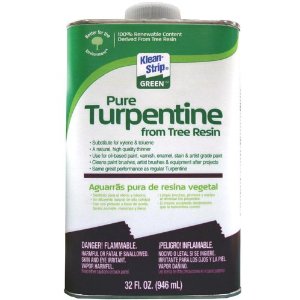
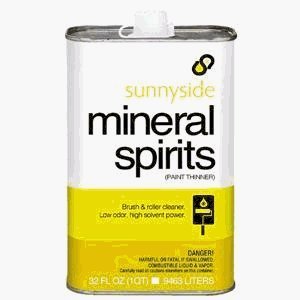
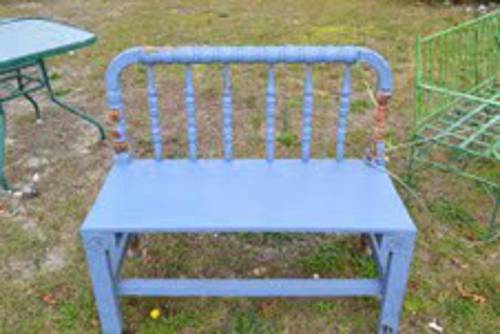
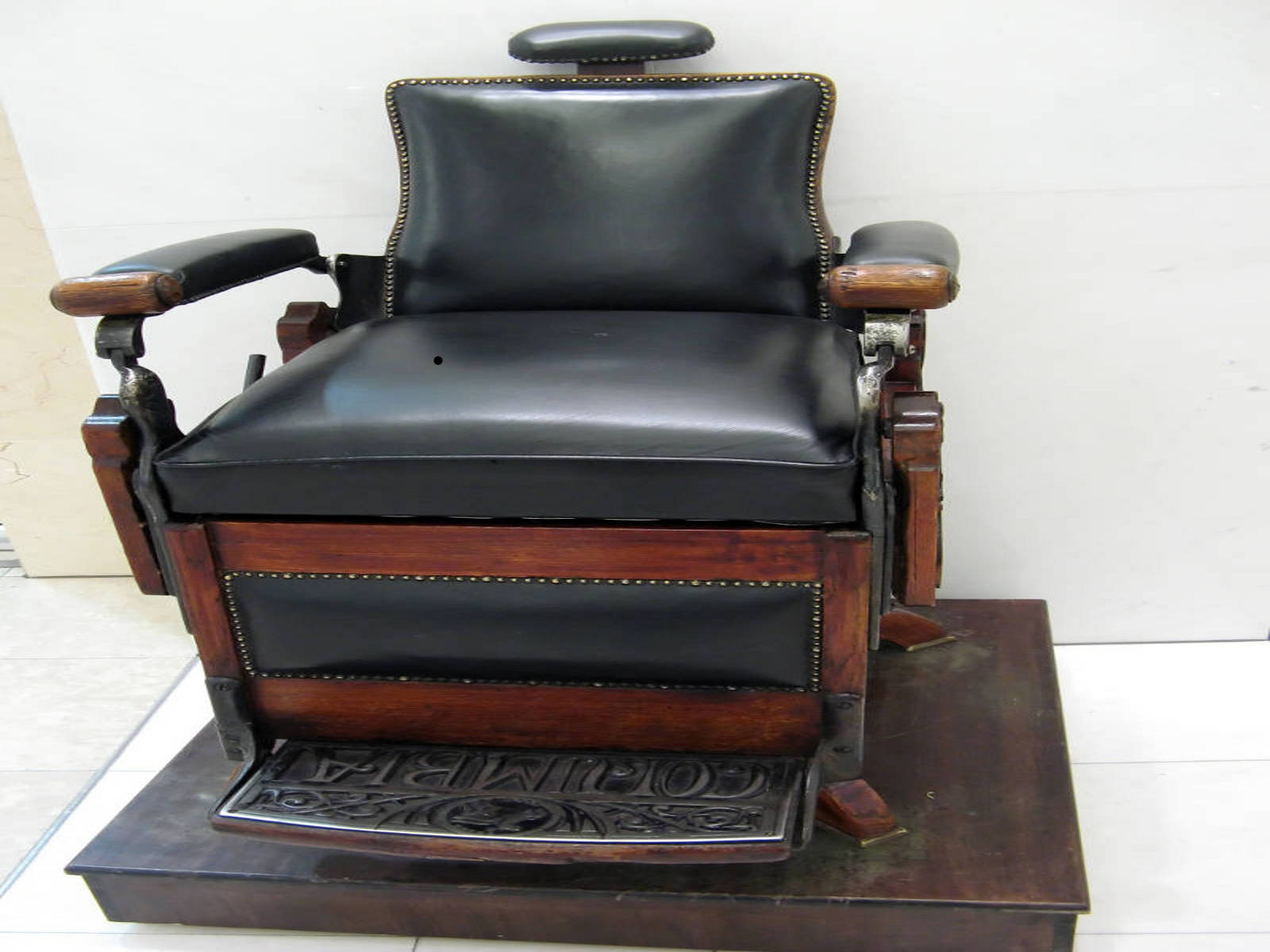
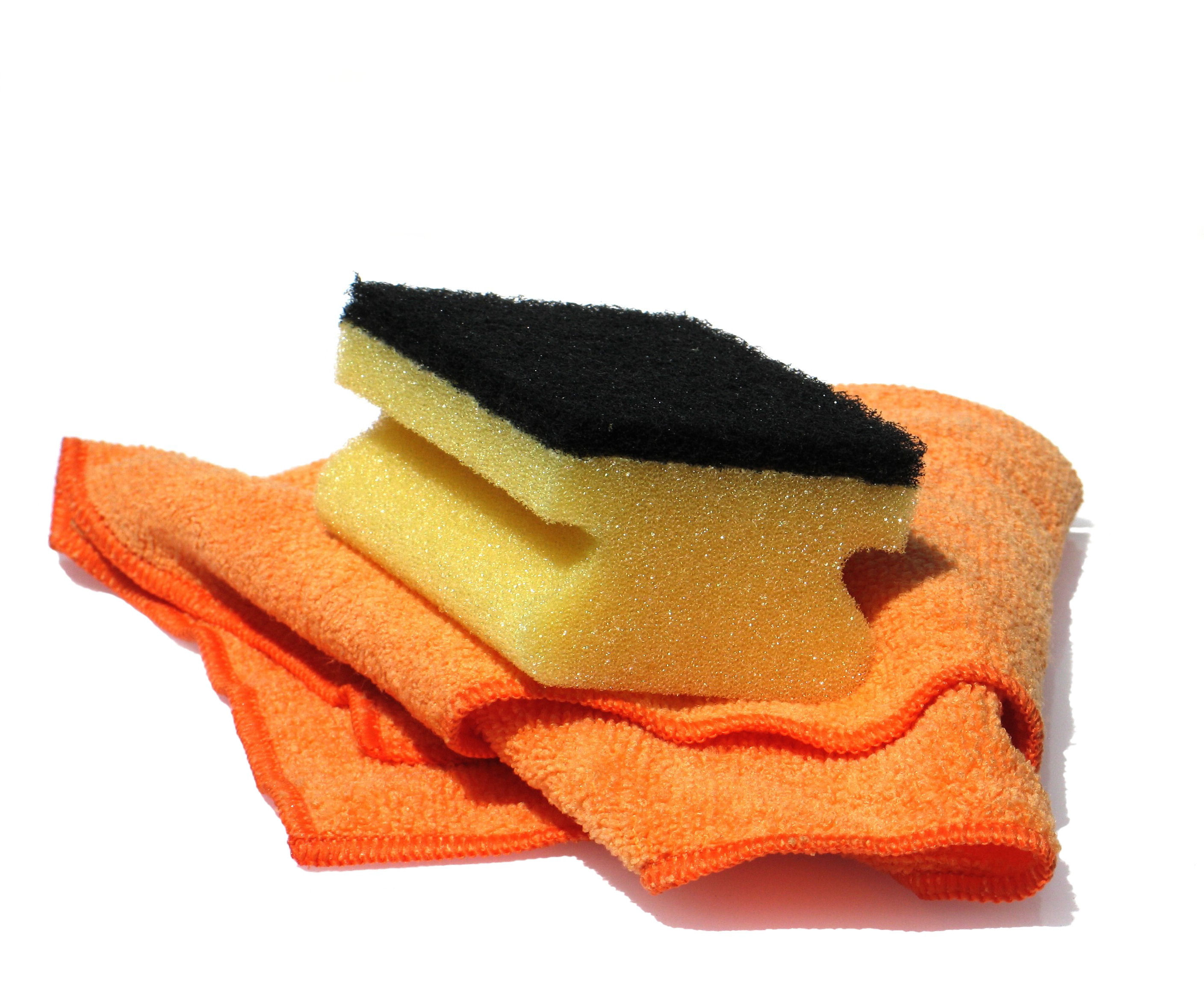
Hello: I remember when my brothers and sisters and I (7 of us) had sore throats
or a bad cough, my mother would put a few drops of turpentine in a teaspoon of sugar and have us swallow it. Also, if we had pain and ‘rattles’ in our chests, Mom would make a poultice of turpentine and baked onions (?) and rub it on our chests then cover our chests with a soft cloth. It really helped us get well quicker and, for sure, our chests and heads would ‘clear up’ in just a day or so.Three years ago some kind of bug bit me and then made me it’s host. I am trying to find something that will kill the bugs from my scalp and thought of Turpentine. So far, nothing will kill them. Dr’s don’t know what the bugs are. or how to kill them. . .Thanks for reading this. A.S.
Neem oil or crushed dry leaves in coconut oil applied directly on the skin may provide the solution.
Can mineral turpentine oil be used in pain relief sprays instead of natural turpentine oil